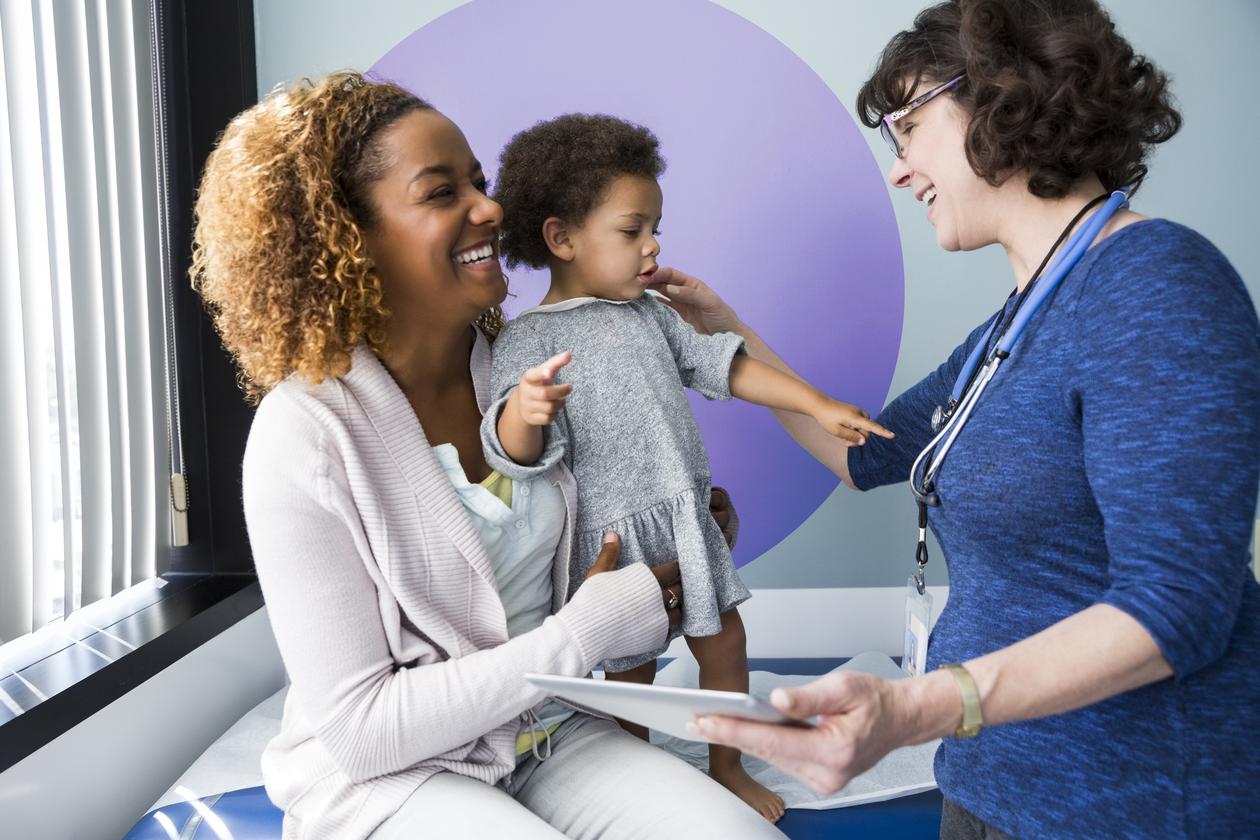Improving patient experience in Cell and Gene Therapies through a data-centric approach
Cell and gene therapies (C>s) continue to expand with 3,366 currently in preclinical and clinical development [1]. Nevertheless, there is a widening gap between the potential of treatment advances and the patient experience. Here, Ben Beckley, Global Lead, EmerGENE, explores how improving data collection can address these complex patient experience challenges.
C> is an exciting field of healthcare, but negative perceptions persist among patients. According to a review of recent studies, patients show broad acceptance of C>s, but there is some variation between geographies, age and educational attainment, with older patients – with a higher level of education – more likely to feel positively about C> [2].
The length of C> treatment has been cited as a reason for skepticism among other patient demographics, as well as the loneliness of the treatment journey. The financial burden is another issue contributing to negative patient perceptions. One 2017 study in China found the high cost of C> to be a particular concern among the local population [3].
In addition, research by EmerGENE has found that many patients worry about the loss of connection to friend networks they have cultivated among other patients living with the same condition when undergoing standard treatment. As a result, some patients feel trepidation at the thought of embarking on a new treatment, like C>, that may be more effective. They fear that it may take them away from the friends they have been interacting with during their time receiving traditional therapy, leading them to lose the bond that inspired these relationships in the first place.
As such, for C>s to advance, it is important to understand the value of a positive patient experience and identify where – and what – support is needed to deliver a better healthcare journey. Taking a more data-centric approach can provide this improved experience for patients across a number of areas.
Harnessing data to understand patient information needs
Good communication is at the heart of a positive C> patient experience. Patients need to understand the treatment, the support and options from which they can choose and how they can tailor their own healthcare journey.
The unique challenges and healthcare journey of the therapy in question need to be communicated more effectively. A review of recent studies highlighted the benefit in terms of C> acceptance of providing patients with adequate educational material [2]. Information delivery can be enhanced by harnessing digital communications tools, which have grown rapidly in use in healthcare in recent years – growth accelerated by the COVID-19 pandemic.
However, in order to understand what information is needed and when, and to determine how best to communicate it requires insight from the patients. One important way to gain this data is to conduct experience analysis from information provided by patients. This can help us take steps to ensure greater empathy from C> providers and to provide a more personalized delivery.
This analysis can also feed into the creation of interactive patient journey maps. In turn, these can help to deliver better experiences in the future, by recording and analyzing the experiences of patients from early onboarding through cell collection, treatment and beyond.
Challenging misinformation
The COVID-19 pandemic highlighted the importance of providing clear, accurate information about new treatments. The consequences of failing to offer such guidance is detailed in a 2020 World Health Organization (WHO) report [4]. The report states that “mis- and disinformation can be harmful to people’s physical and mental health; increase stigmatization; threaten precious health gains; and lead to poor observance of public health measures, thus reducing their effectiveness.
C>s share similar challenges, due to their novelty in the public consciousness and the complexity of their technical lexicon. As such, the need to enhance accessibility of information about C>s is becoming ever more pressing. Clear and consistent language is key to ensure educational materials are straightforward to understand to enhance public knowledge.
Again, data analysis has an important part to play here. By talking to a large number of patients, exploring their own knowledge about their treatment, understanding where there are gaps or skepticism, can help us create better information tools to explain complex medical topics to untrained patients. It can help tackle misinformation and create a reciprocal relationship of communication that is crucial to a positive healthcare experience.
Using data to engage HCPs
Healthcare providers (HCPs) are also an important part of the answer to enhancing the C> patient experience, provided the industry can overcome misconceptions and uncertainties among HCP audiences about the value of C>s to their patients.
Comprehensive medical communication is crucial to prepare providers with product information before and after treatment to enhance the HCP experience and the patient experience in turn. This communication should provide honest dialogue regarding treatment uncertainties and clinical benefits to help set realistic expectations.
Providing HCPs with real-world data (RWD) from patients undergoing C> treatment can help in this goal. It can give HCPs in-depth insight into outcomes for patients with similar backgrounds to their own, as well as into the experiences of people while they are undergoing therapy. As a result, HCPs can be more confident about the potential for C> to benefit their patients, enabling them to make even more informed recommendations.
Time to source better data
When undergoing cell or gene therapy, patients – and their HCPs and caregivers – must always weigh the risks and benefits of every individual decision. Education through better communications tools, combined with long-term tracking of patients’ journeys, is key to providing patients with better support as they take these decisions to improve their experience with C>.
Improving the collection, recording and analysis of RWD and insight from patients undergoing C> is vital to achieve all of these goals. It can help provide pharmaceutical companies with the insight needed to understand the complexity and challenges of the C> patient journey, as well as the issues facing HCPs when making recommendations about C> to their patients. As a result, companies can enhance the experience for both patients and HCPs in the short term, and potentially even design long-term support program tailored to the individual too.
C> has the potential to transform healthcare for the better, provided we act now to redesign the patient experience. By using data to put the patient first, we can ensure more positive treatment outcomes for patients in the future.

Ben Beckley
President, Evoke Mind+MatterReferences.
1American Society of Gene and Cell Therapy (ASGCT), Gene, Cell, & RNA Therapy Landscape, Q1 2021 Quarterly Data Report
2
Olalekan. L. A. et al. Patient and public perspectives on cell and gene therapies: a systematic review 2020
3Wang, J. H. et al. Public attitudes toward gene therapy in China. Mol. Ther. Methods Clin. Dev. 6, 40–42 (2017)
4https://www.who.int/news/item/23-09-2020-managing-the-covid-19-infodemic-promoting-healthy-behaviours-and-mitigating-the-harm-from-misinformation-and-disinformation
Jump to a slide with the slide dots.
Ashfield launches Cell and Gene Therapy Commercialization Network, EmerGENE
Ashfield announces the launch of EmerGENE, a global end-to-end cell and gene therapy network supporting small and midsize biotechs.
Read more3 trends shaping commercialization in the cell and gene therapy sector
Disharee Nath, PhD, Associate Medical Director at Mind+Matter, attended the two-day Cell & Gene Therapy USA (Sep ’21) conference organized by Reuters.
Read more
